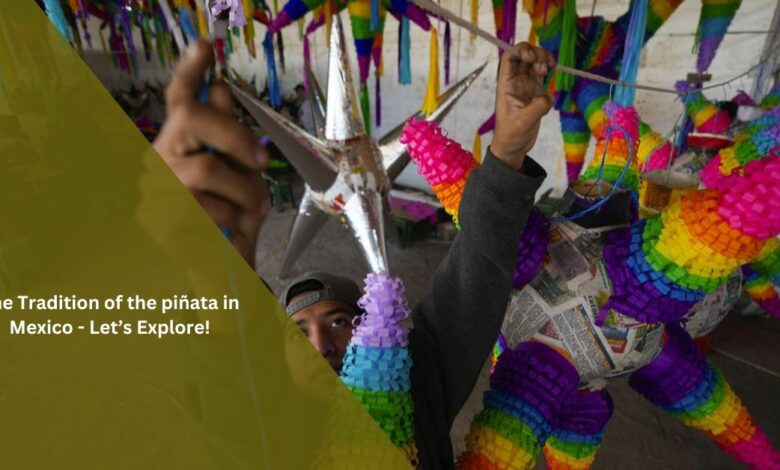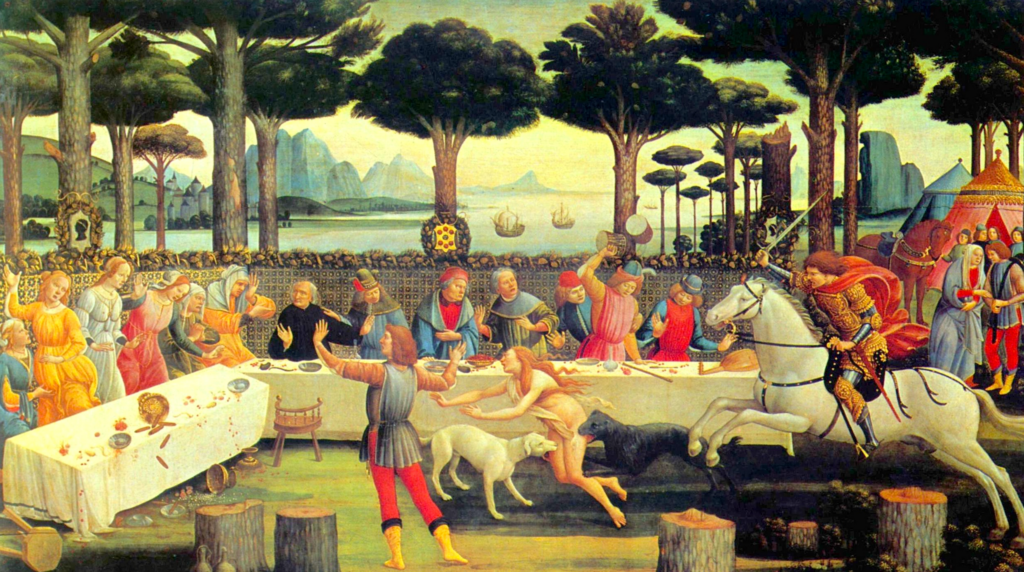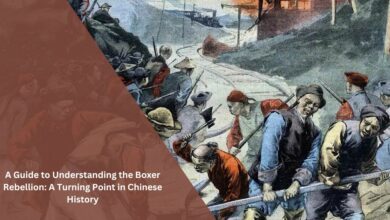The Tradition of the piñata in Mexico – Let’s Explore!

The vibrant and joyous tradition of the piñata holds a special place in Mexican culture, adding a burst of color and excitement to celebrations.
Originating from a rich history, the piñata has evolved into an integral part of Mexican festivities, creating memorable moments for both young and old. Let’s investigate the origins of this custom and consider its relevance to modern Mexican holidays.
Historical Roots – Berief Discuss!
The history of the piñata can be traced back to ancient civilizations, particularly the Aztecs and Mayans, who celebrated the birthday of the god Huitzilopochtli with a similar ritual.
The use of a decorated clay pot filled with offerings was a symbolic representation of the quest for divine favor.

This practice eventually blended with the Spanish influence in the 16th century when missionaries incorporated it into religious celebrations.
Religious Symbolism:
In the early days, the piñata took on religious significance. The traditional shape, often resembling a star with seven points, represented the seven deadly sins. Breaking the piñata represents the victory of good over evil.
Today, while the religious undertones persist, piñatas are also a secular part of various celebrations, marking a harmonious blend of tradition and modernity.
Crafting the Piñata – You may know!
Materials and Construction:
Crafting a piñata is a meticulous process that involves skilled artisans. The base is typically made of papier-mâché, a mixture of paper and glue, which is molded into various shapes.
The artisans then layer the structure with vibrant-colored tissue paper, creating an eye-catching and festive appearance.
The final touch involves filling the piñata with an assortment of candies and treats, ready to spill out in a shower of delights.
Diverse Designs:
Piñatas come in an array of designs, ranging from traditional animals to popular cartoon characters, reflecting the diversity of celebrations.
The choice of design often depends on the occasion, with animals like burros and bulls being common for birthdays and religious celebrations, while more whimsical figures are chosen for secular festivities.
Celebrations and Occasions – A Deep Dive!
Birthdays:
In Mexico, birthdays are incomplete without the lively presence of a piñata. Children eagerly anticipate the moment when they can take a swing at the hanging treasure trove of candies.
The festive atmosphere is heightened as family and friends cheer on, making it a cherished memory for the birthday celebrant.
Christmas Posadas:
The Christmas season brings forth another facet of the piñata tradition during the Posadas. These processions, representing the journey of Mary and Joseph seeking shelter, involve breaking piñatas filled with fruits and nuts.
The act symbolizes the triumph of perseverance and faith, enriching the cultural tapestry of Mexican Christmas celebrations.
Cinco de Mayo:
Cinco de Mayo, commemorating the Battle of Puebla, is yet another occasion where piñatas take center stage. Festivities include colorful parades, traditional music, and, of course, the iconic piñatas, contributing to the vibrant spirit of the day.
Evolution of the Piñata – Let’s check!
Commercialization and Globalization:
While the piñata has deep cultural roots, it has also adapted to modern times. The commercialization of piñatas has led to a broader range of designs and sizes, catering to diverse preferences. Beyond Mexico, the tradition has transcended borders, becoming a popular element in celebrations worldwide.
Educational Piñatas:
In recent years, piñatas have also found their way into educational settings. Teachers utilize them as creative tools for interactive learning, combining entertainment with education.

This innovative approach helps children grasp various subjects while enjoying the thrill of breaking open a piñata.
Challenges and Preservation Efforts – Comprehensive Guide!
Environmental Concerns:
The traditional method of crafting piñatas using Papier-mâché has faced criticism due to environmental concerns. The use of non-biodegradable materials raises questions about sustainability.
In response, some artisans have turned to eco-friendly alternatives, promoting a balance between tradition and environmental consciousness.
Preservation of Cultural Roots:
As piñatas become more commercialized and globalized, there is a growing concern about preserving the authenticity of the tradition.
Efforts are being made to educate the younger generation about the historical and cultural significance of piñatas, ensuring that the essence of this vibrant tradition endures through the ages.
FAQ’s:
1. What is the origin of the piñata in Mexico?
The piñata has its roots in Mexican religious and cultural traditions, dating back to the Aztecs who used a similar practice in their celebrations.
2. How is a traditional Mexican piñata made?
Traditional piñatas are made from paper-mâché and decorated with colorful tissue paper. They are often shaped like animals or other figures and filled with candies, fruits, and sometimes small toys.
3. What occasions are piñatas typically used for in Mexico?
Piñatas are commonly used during festive occasions such as birthdays, Christmas, posadas, and other celebrations. They are a popular feature in Mexican cultural events.
4. What is the significance of breaking the piñata during celebrations?
Breaking the piñata symbolizes overcoming obstacles and hardships. The blindfolded participant with a stick represents the struggle against challenges, and the treats inside the piñata represent the rewards of perseverance.
5. Are there specific rules or customs when breaking a piñata in Mexico?
Yes, there are often rules and customs involved. Participants are usually blindfolded, spun around, and then given a few attempts to break the piñata with a stick. It’s a fun and challenging activity that adds excitement to the celebration.
Conclusion:
At the end of the conclusion,
The piñata, with its roots deeply embedded in Mexican history, has transformed into a symbol of joy, celebration, and cultural identity. Its journey from religious ceremonies to modern-day festivities reflects the resilience of tradition in the face of evolving times.
As piñatas continue to bring smiles to faces and unite communities, they stand as a testament to the enduring power of cultural practices in shaping collective happiness.




